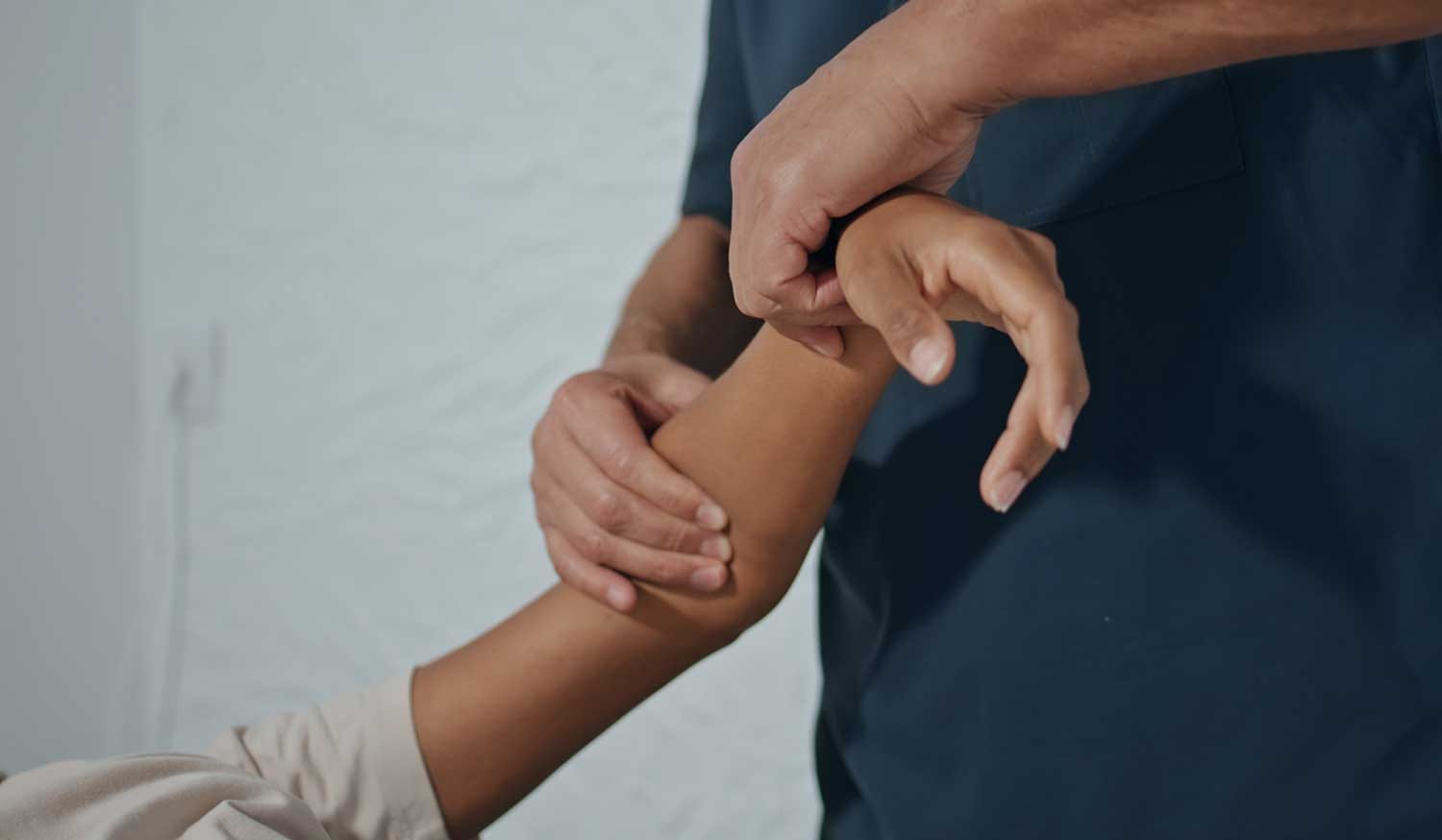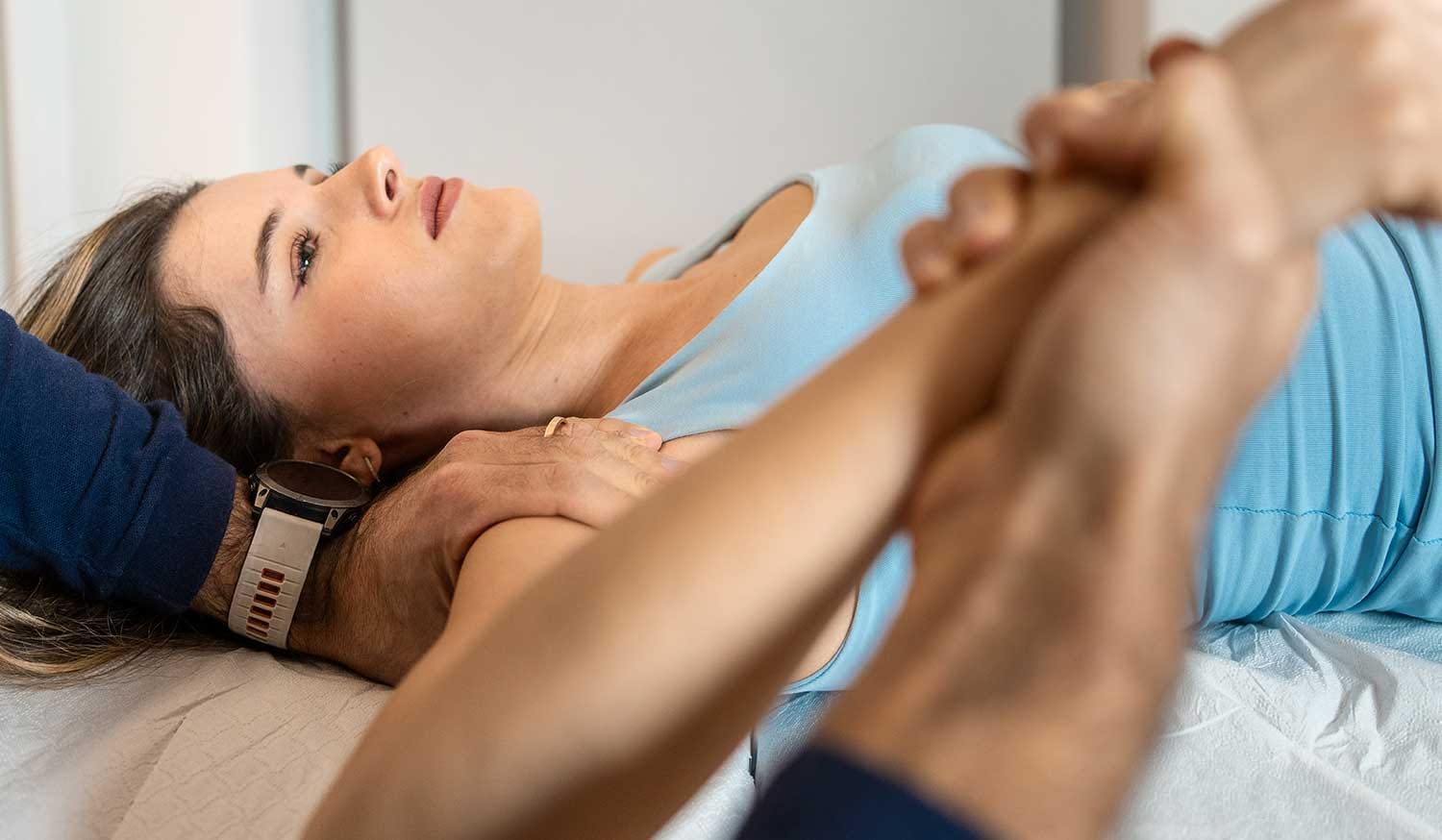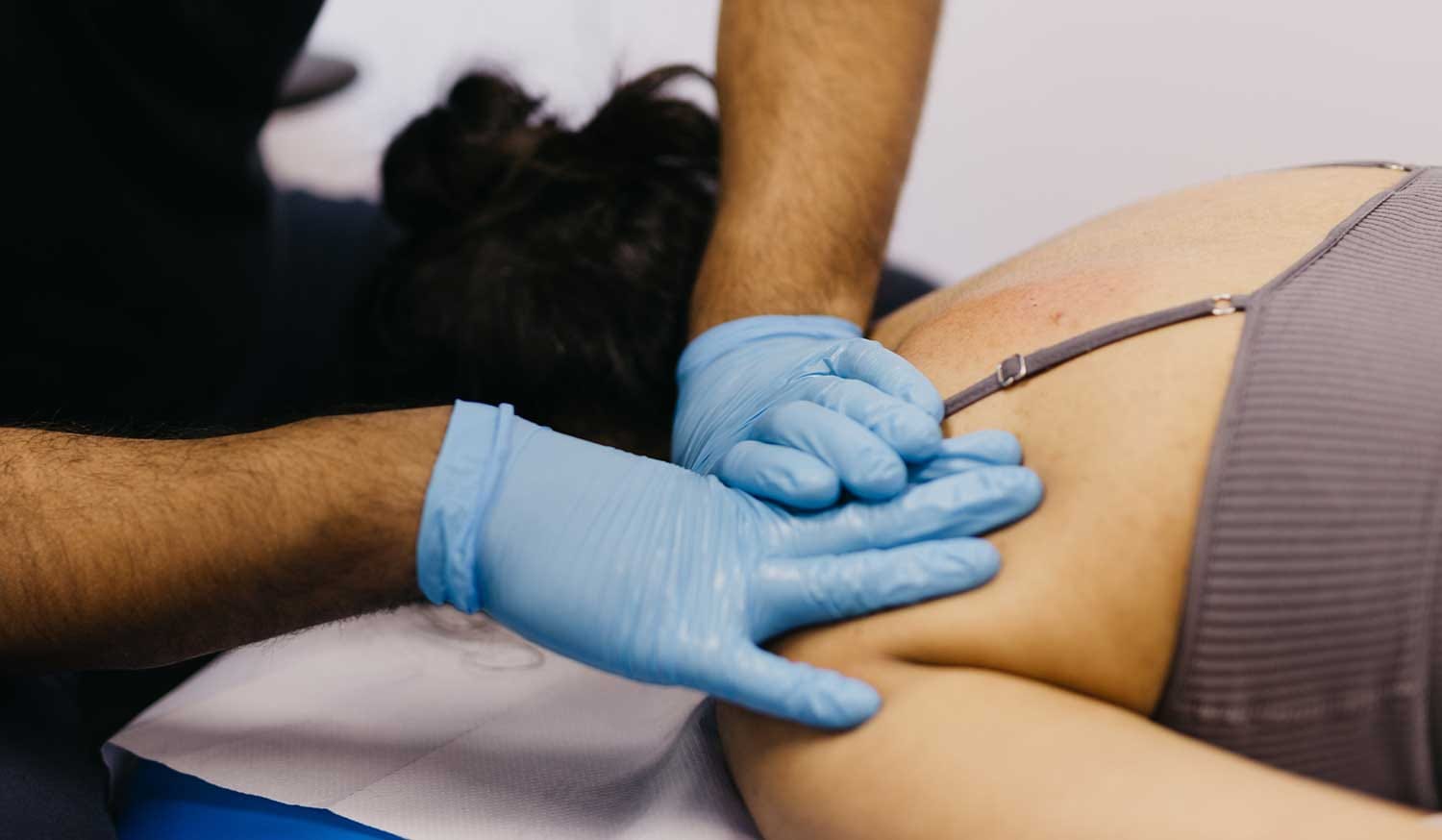Uncover the key benefits of joint mobilisation, from pain relief to better movement. See why MHV Clinic’s treatments are a game-changer for joint health.

In the world of musculoskeletal health, osteopathy stands out as a holistic approach that emphasises the body’s natural ability to heal. At the heart of many osteopathic treatments lies joint mobilisation—a gentle, hands-on technique designed to restore function and alleviate discomfort. If you’re exploring the benefits of joint mobilisation, you’re likely seeking ways to improve your joint health without invasive procedures. This therapy, often delivered by skilled osteopaths, can make a significant difference in managing everyday aches and enhancing overall mobility. In this article, we’ll delve into what joint mobilisation entails, its key advantages, and how it fits into osteopathic practice.
Moreover, we’ll draw on reliable UK sources to ensure the information is grounded in evidence.
Joint mobilisation is a core manual therapy technique used by osteopaths to address restrictions in joint movement. Essentially, it involves applying controlled, passive movements to a joint, such as oscillatory motions or sustained stretches, to improve its range of motion and reduce pain. Unlike more aggressive manipulations, joint mobilisation is typically graded on a scale from I to V, with lower grades focusing on pain relief through gentle rhythms and higher grades targeting stiffness with firmer pressure.
Osteopaths, who are trained to view the body as an interconnected system, incorporate joint mobilisation to not only treat the affected area but also to promote balance across muscles, ligaments, and tissues. For instance, if you’re dealing with back pain, an osteopath might mobilise the spinal joints while considering how this impacts your posture and overall biomechanics. This approach aligns with osteopathy’s philosophy, which holds that structural integrity supports better health.
According to the NHS, osteopathy—including techniques like joint mobilisation—can help by increasing joint mobility, relieving muscle tension, and reducing pain. This makes it particularly suitable for individuals with musculoskeletal issues, for which evidence supports its use as an adjunct to other treatments.
Transitioning to the practical side, let’s explore why so many people turn to this therapy. The benefits of joint mobilisation extend beyond immediate relief, offering long-term improvements in daily function.
The benefits of joint mobilisation are well-documented in osteopathic literature, with a focus on evidence-based outcomes. Below, we’ll break down the top advantages, supported by UK-based research and clinical insights. These benefits make it a valuable tool for osteopaths in managing conditions like arthritic pain, backache, and joint stiffness.
One of the most immediate benefits of joint mobilisation is its ability to alleviate pain. By gently moving the joint through its natural range, osteopaths can reduce pressure on nerves and surrounding tissues, resulting in noticeable discomfort relief. This is especially helpful for chronic issues like arthritic pain or lumbago, where inflammation and stiffness exacerbate symptoms.
For example, in cases of hip or knee pain due to osteoarthritis, joint mobilisation serves as an adjunct to exercise and core treatments, helping to alleviate rheumatic pain without relying solely on medication. A UK evidence report highlights that spinal manipulation and mobilisation are effective for acute, subacute, and chronic low back pain. Similarly, for neck pain arising from musculoskeletal issues, this technique can provide relief by addressing cervicogenic headaches.
Moreover, patients often report a decrease in muscle spasms and sciatica symptoms after sessions. Osteopaths tailor the intensity to avoid aggravating the area, ensuring a safe path to pain management. This benefit is backed by studies showing that osteopathic manipulative treatment (OMT), including mobilisation, reduces pain and improves function in lower back conditions.
In practice, at clinics like MHV, osteopaths use grades I and II mobilisations for initial pain relief, transitioning to deeper techniques as tolerance builds. This progressive approach not only eases pain but also empowers patients to engage more actively in their recovery.
Stiffness can limit everything from simple tasks, such as bending to pick up an object, to more demanding activities like sports. Here, the benefits of joint mobilisation shine through by enhancing the range of motion in restricted joints. Osteopaths apply rhythmic movements to break down adhesions and encourage the circulation of synovial fluid, which lubricates the joint and reduces friction.
This improvement is crucial for conditions such as frozen shoulder or tennis elbow, which are often linked to back and neck issues. Research from UK sources indicates that joint mobilisation helps restore mobility in stiff joints, promoting better overall function. Additionally, for minor sports injuries, it aids in regaining flexibility, enabling athletes to return to their routines more quickly.
Furthermore, osteopathy’s holistic view means that mobilising one joint can positively affect adjacent areas. For instance, treating hip restrictions might improve knee alignment and gait. Patients at MHV Clinic often experience this as a “game-changer,” with tailored sessions leading to smoother movements in daily life.
Evidence from a systematic review supports the notion that manual therapies, such as mobilisation, add value to exercise for rotator cuff issues, emphasising mobility gains. However, results vary by individual, so osteopaths assess each case to maximise this benefit.

Beyond movement, joint mobilisation boosts blood flow and lymphatic drainage, which are vital for healing. By stimulating tissues around the joint, osteopaths help deliver nutrients and oxygen while removing waste products. This enhances the body’s natural repair processes, reducing inflammation and speeding recovery.
In osteopathic terms, this aligns with improving the “blood supply to tissues,” as noted by the NHS. For post-surgical rehabilitation or chronic conditions like osteoarthritis, this can prevent long-term stiffness and support tissue regeneration.
Additionally, better circulation contributes to overall vitality, making it easier for the body to heal from minor strains or overuse injuries. UK clinics report that techniques such as soft tissue manipulation, combined with mobilisation, improve fluid flow, thereby reducing swelling in affected areas.
At MHV Clinic, this benefit is integrated into comprehensive plans, where osteopaths combine mobilisation with advice on lifestyle factors to amplify healing.
Muscle tension often accompanies joint issues, creating a cycle of pain and restriction. Joint mobilisation addresses this by relaxing surrounding muscles through gentle stretches and oscillations. This not only eases spasms but also prevents compensatory strains in other parts of the body.
Osteopaths excel in this area, utilising their expertise to identify tension patterns. For back pain or neck discomfort, mobilisation relieves muscle tightness, leading to better posture and reduced fatigue. Evidence shows that OMT techniques, such as mobilisation, are promising for reducing pain and improving range of motion in musculoskeletal problems.
Moreover, this benefit extends to rheumatic pain, where ongoing tension exacerbates symptoms. Patients often report a sense of relief after treatment, with lasting effects when combined with home exercises.
Joint mobilisation plays a key role in rehab, helping regain function after surgery, trauma, or inactivity. Maintaining alignment and mobility helps prevent secondary issues, such as adhesions or weakness. For sports enthusiasts, this means fewer recurring injuries through improved biomechanics.
In osteopathy, prevention is proactive—regular sessions can identify imbalances early. UK research underscores its effectiveness in minor sports injuries and backache. Furthermore, as an adjunct to exercise for osteoarthritis, it supports long-term joint health.
At MHV Clinic, osteopaths customise programs to include mobilisation, ensuring patients build resilience against future problems.
While primarily physical, the benefits of joint mobilisation contribute to mental well-being. Reduced pain and better movement often lead to lower stress levels, as patients feel more in control. Osteopathy’s emphasis on the mind-body connection amplifies this, with techniques promoting relaxation.
Studies indicate that osteopathic care can enhance overall function, indirectly boosting quality of life. However, it’s important to note that while these effects are reported, they complement rather than replace other health strategies.
Osteopaths begin with a thorough assessment, including medical history and physical exams, to determine the appropriate grade of mobilisation. Sessions are hands-on, with the patient relaxed while the osteopath applies targeted movements to the affected area. Safety is paramount—techniques are adjusted for comfort, avoiding high-velocity thrusts unless necessary.
This process integrates with other osteopathic methods, like soft tissue work, for comprehensive care. In the UK, osteopaths are regulated by the General Osteopathic Council, ensuring that high standards are maintained.

UK-based evidence is robust for specific applications. A comprehensive report concludes that mobilisation is effective for low back pain and related issues. Clinical trials also show improvements in pain and mobility for chronic non-specific low back pain through osteopathic interventions.
However, according to ASA guidelines, claims are limited to evidence-backed conditions, such as joint pain and backache, without implying cures.
MHV Clinic specialises in personalised joint mobilisation, drawing on osteopathic principles to deliver effective care. Our experienced osteopaths tailor treatments to your needs, whether for pain relief or mobility enhancement. With a focus on safety and evidence-based practice, we integrate this therapy into holistic plans that promote lasting joint health.
The benefits of joint mobilisation in osteopathy are clear: from pain relief and improved mobility to enhanced healing and prevention. As a non-invasive option, it’s ideal for those seeking natural ways to support joint function. If you’re experiencing musculoskeletal discomfort, consulting an osteopath could be the next step. At MHV Clinic, we’re committed to helping you achieve better movement and well-being. Remember, while these benefits are supported by UK evidence, individual results vary—always discuss with a professional.